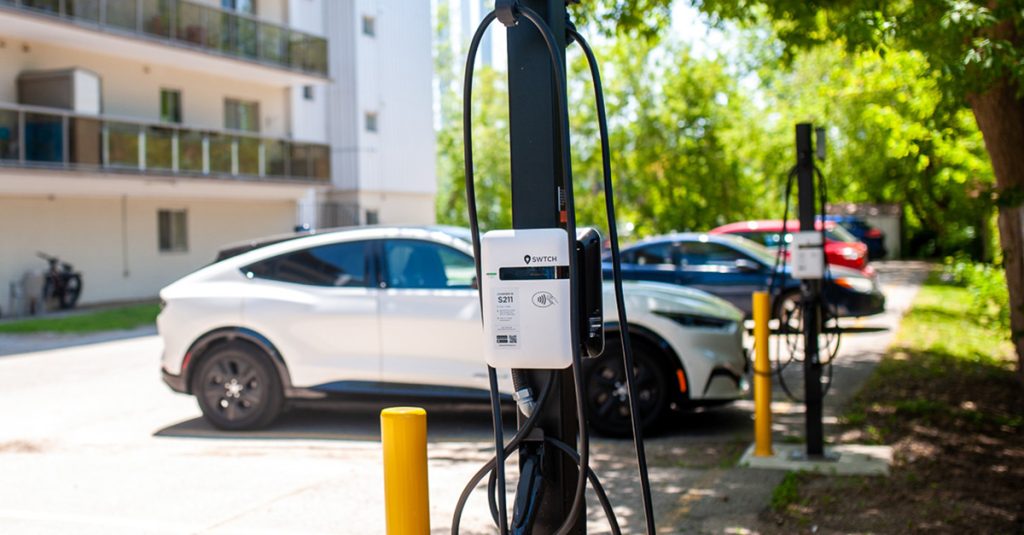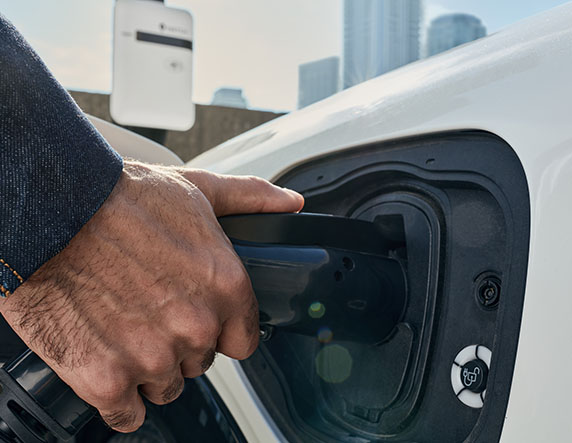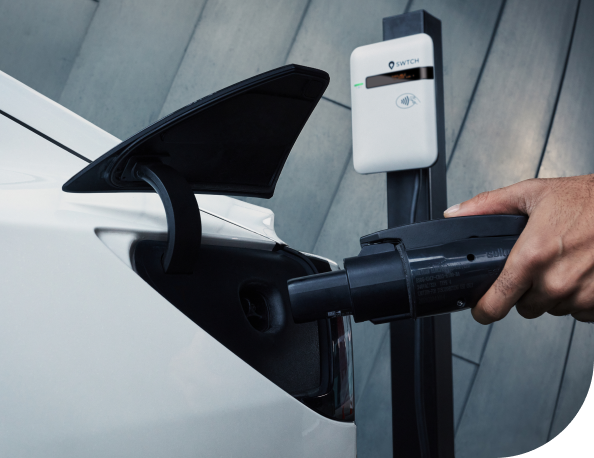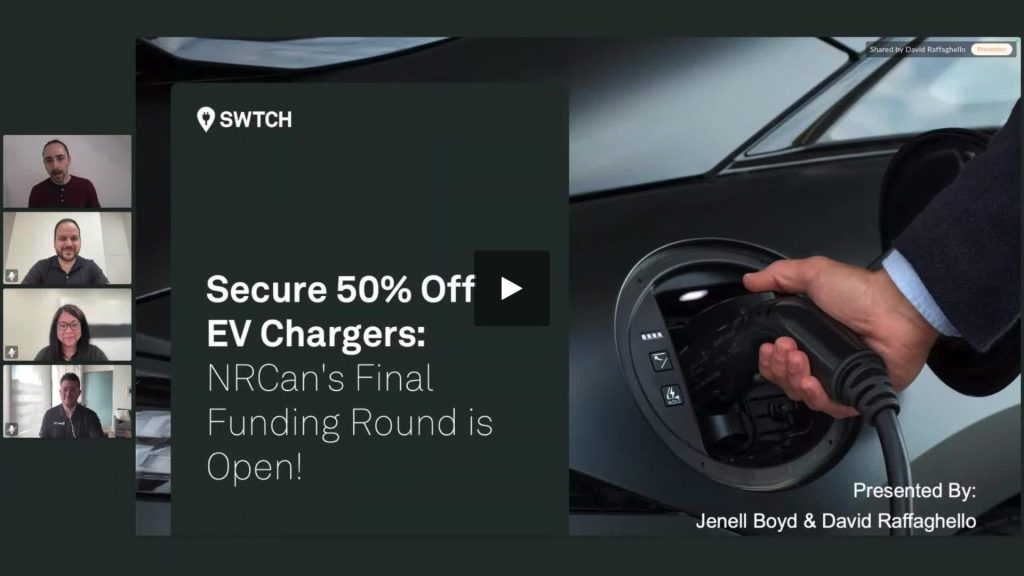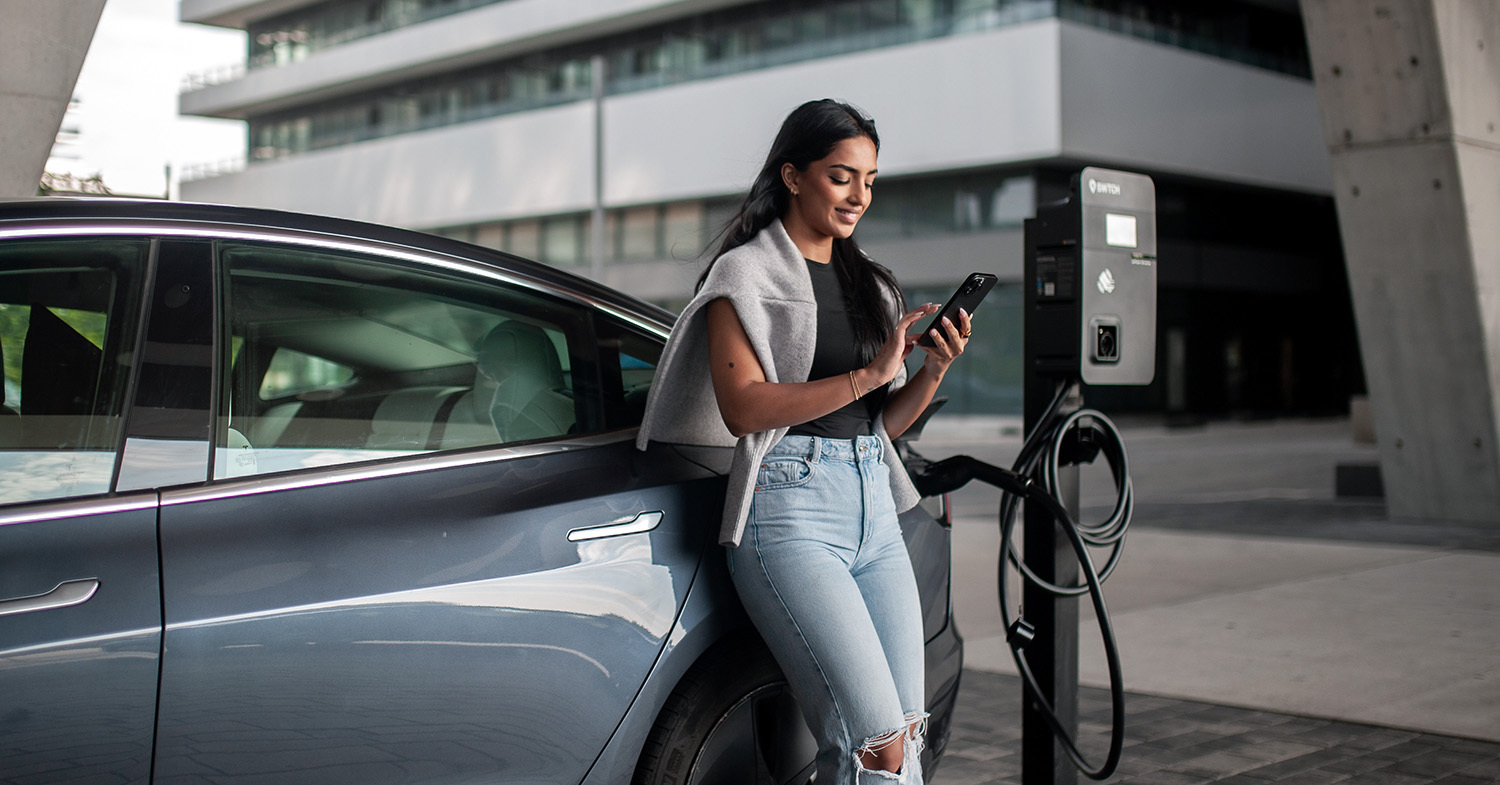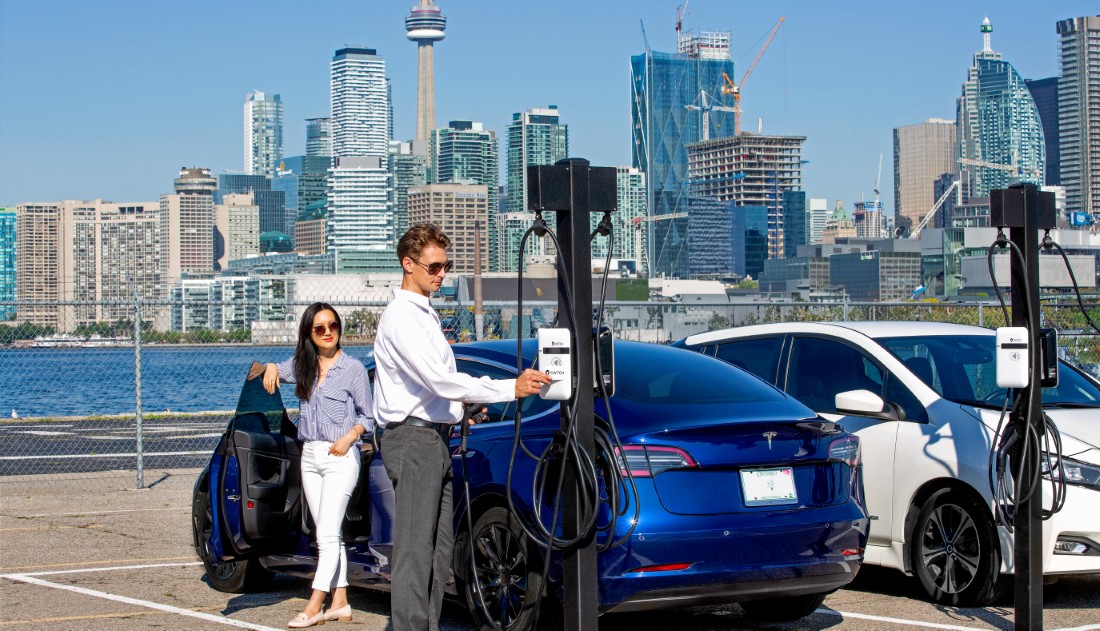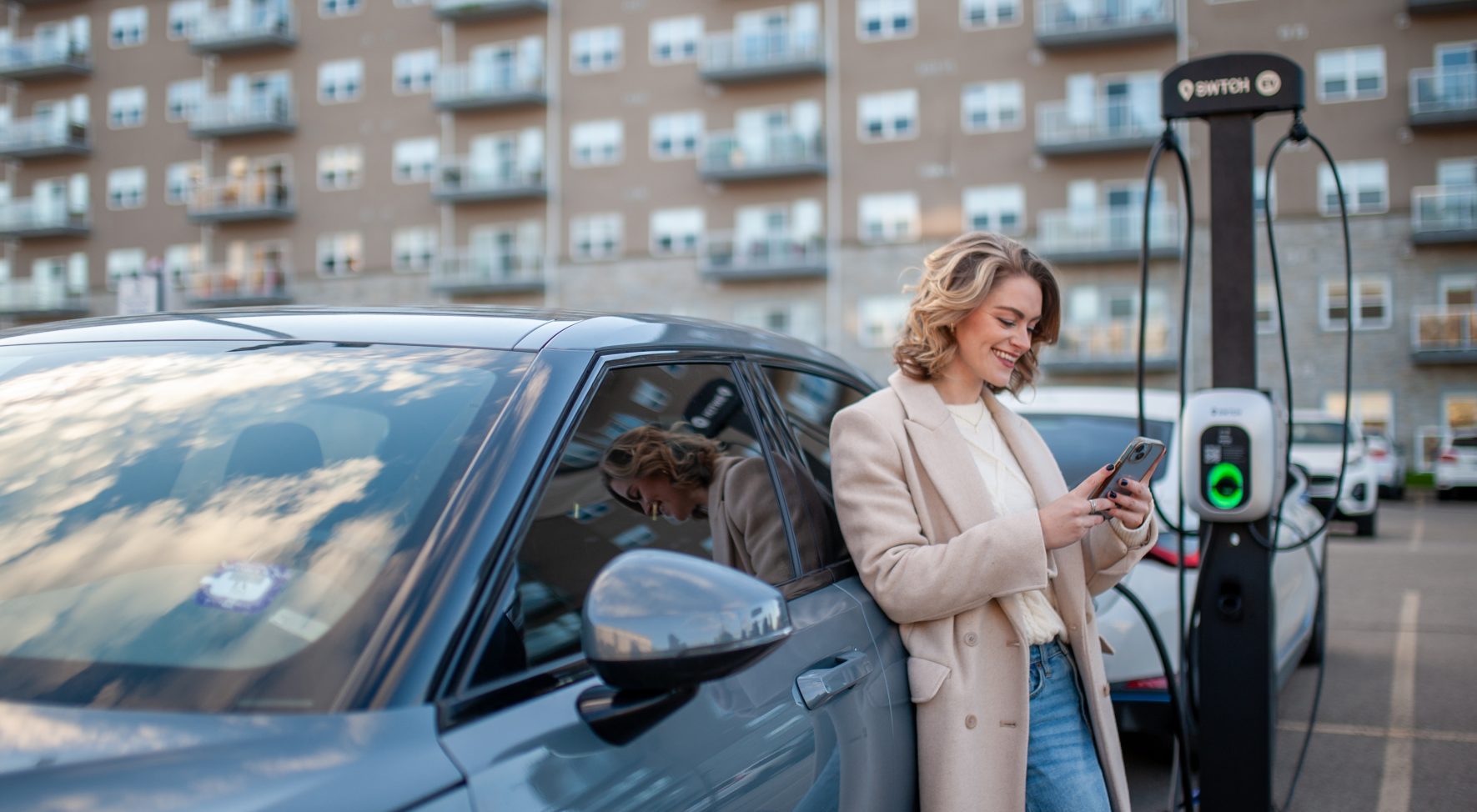Last Chance to Get 50% to 75% off the cost of EV Chargers with NRCan ZEVIP Funding
After months of anticipation, the final ZEVIP funding round is here. This is the largest funding program in Canada for EV chargers, and, again, this is it! There will be no more ZEVIP funding once the program closes again later this year.
With 50% to 75% of the installation, hardware, and maintenance costs eligible for coverage through the program, ZEVIP represents an incredible opportunity not only to get chargers installed but also to ensure that you can keep them running well for years to come.
Here’s a look at what the program includes, what the requirements are for participation, how much money you can expect to receive, and how SWTCH can work with you to secure ZEVIP funding.
SWTCH recently hosted a live webinar to discuss the latest updates to the NRCan ZEVIP program. It included in-depth discussion on these changes, eligibility criteria, the program application process, and questions from a range of stakeholders. You can watch a replay of this webinar by following this link.
What’s new with this last round of ZEVIP funding?
For this final round, the deadline to submit an application is set – September 19, 2024, with a funding decision to be communicated by January 2025. As for changes to the funding and eligibility criteria, the big updates in this round are listed below, and further detailed in the appropriate section below:
- There are now two funding streams: A Public Stream (broken down into two sub-streams; Corridor Public Charging infrastructure and Community Public Charging Infrastructure) and a Private Stream.
- Private EV charging funding is now only available for existing buildings, with occupancy dates in May 2024 or earlier.
- Costs for prepaid maintenance plans are now eligible expenditures
- For DCFC projects, there is an uptime reporting requirement. Successful applicants will be required to publish their service standards and quarterly uptime information of each fast charger on a public platform for a minimum of six months after energization.
Here’s a look at what the program includes, what the requirements are for participation, how much money you can expect to receive, and how SWTCH can work with you to secure ZEVIP funding.
What is the NRCan ZEVIP program, and what funding does it offer?
Natural Resources Canada (NRCan) created the “Zero Emissions Vehicle Infrastructure Program,” or “ZEVIP,” to speed up the installation of public and private EV charging stations across the country.
The specific amount of money available through ZEVIP depends on the type and number of EV charging connectors in your project, as well as whether the chargers are Level 2 chargers or DC Fast Chargers.
The ZEVIP program will pay a maximum of $5,000,000 per project.
Note that where the typical benefit covers up to 50% of costs, indigenous businesses and communities funded through the program can receive up to 75% of costs.
Level 2 chargers – Up to 50% of costs, max $5k per connector
For projects involving Level 2 chargers, ZEVIP will cover up to 50% of the costs, up to a maximum of $5,000 per connector.
In order for a project to be eligible for the program, at least 20 chargers must be installed. This can be all Level 2 chargers or a mix of Level 2 and DCFC chargers.
Individual connectors can count towards the minimum of 20 only if each connector can charge a vehicle at the same time. Chargers that come with multiple connectors where only one can be in use at once (for example, to allow for vehicles with different connector types to plug in) will only count once.
Reach out for support applying for your Level 2 EV charging project.
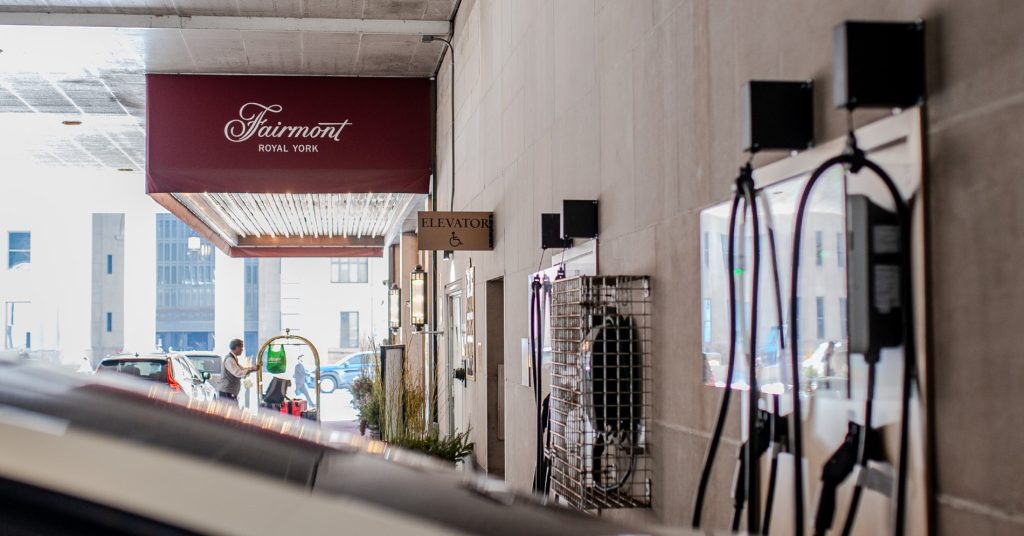
Level 3/DCFC Chargers – Up to 50% of costs, max. $15k-100k per charger
For projects involving Level 3 or DCFC chargers, ZEVIP will cover up to 50% of the costs, up to a maximum of between $15,000 and $100,000.
In order for a DCFC charger to be eligible for the program, one of the following conditions must be met:
- At least two DCFC chargers capable of 100kW output are installed (Public Corridor Stream)
- At least two DCFC chargers capable of 50kW output are installed (Community Charging Stream, Private Charging Stream)
- At least one DCFC charger is installed as part of a group of at least 20 total EV chargers (which can be a mix of DCFC and Level 2 chargers)
The specific amount covered per charger is dependent on the power output of the charger.
Here is a table showing the coverage amounts, reproduced from data provided by the ZEVIP program page here.
Reach out for support applying for your DCFC or mixed DCFC + Level 2 charging project.
Two Streams of Funding: Public Charging and Private Charging
This year, they have split the total funding into two streams, with $50 Million allocated to the Public stream and $80 Million allocated to the Private stream.
Stream: Public Charging
Within the Public Charging Stream, they have two sub-streams in which you will need to submit your project into:
Corridor Public Charging Infrastructure
EV Charging projects in this stream must install DC Fast Chargers (Level 3) within 1.6 km of Transport Canada’s National Highway System Designation. To be an eligible location, it needs to have one of:
- A minimum of two (2) independent, stand-alone fast chargers of 100 kW and above, available 24/7.
- A minimum of one independent fast charger of 100 kW co-located with existing fast charging infrastructure that brings the power output of a site to at least 150 kW, available 24/7.
Note: Co-located L2 chargers at these locations are eligible for funding as well.
Priority may be given when an application has more than 50% of stations planned for areas on the “EV Public Charging Planning Map” that are ranked as a highest priority (i.e. “5”).
Community Public Charging Infrastructure
An eligible project must increase the number of public EV chargers in communities where gaps still exist* and must include the installation of:
- A minimum of two (2) fast chargers of 50 kW and above, available for use 24/7 or at least as frequently as the business operating hours of the site host; OR
- If installing less than two fast chargers of 50 kW and above, a minimum of twenty (20) chargers of all ZEVIP eligible technologies, available for use 24/7 or at least as frequently as the business operating hours of the site host (combination of L2 and fast chargers)
*NRCan will assess community public charging needs on a square kilometre basis, that will include criteria such as population density, EV registration, existing public EV chargers, expected EV adoption, distance travelled per day and building types.
Stream: Private Charging
The private charging stream targets existing buildings (Multi Unit Residential Buildings (MURBs), workplaces, and where on-road vehicle fleets are serviced).
- MURBs are considered to be buildings that include a common entrance and have a minimum of three (3) storeys or a footprint greater than 600 m2.
- Workplaces are locations where employees perform the duties related to a job. Can be open to the public after office hours.
- On-road fleets are owned or leased by an organization and used in support of organizational or business operations and activities. An example of this would be taxi depots.
For the private charging stream, the chargers can be a mix of private, shared, or public access, and each application needs to be installing at least 20 Level 2 chargers.
The definition of an “existing building” is defined by having their occupancy permit issued as of May 2024. EV charging projects in new buildings (those without a occupancy permit, or a permit issued after May 2024) are not eligible for funding.
What expenses does ZEVIP cover?
In this round of ZEVIP, regardless of which stream you’re applying to, the following expenses are eligible for funding:
- EV Charging Equipment (EVSE)
- Professional Services (ex. Installation, construction, testing and commissioning)
- Permits
- Capital Expenses (ex. Electric panel upgrades, Conduit, Wiring, Trenching and Repair, etc.)
- Environmental Assessments
- New in 2024: Prepaid Maintenance Plans (ie: SWTCH’s O&M service, SWTCH Care)
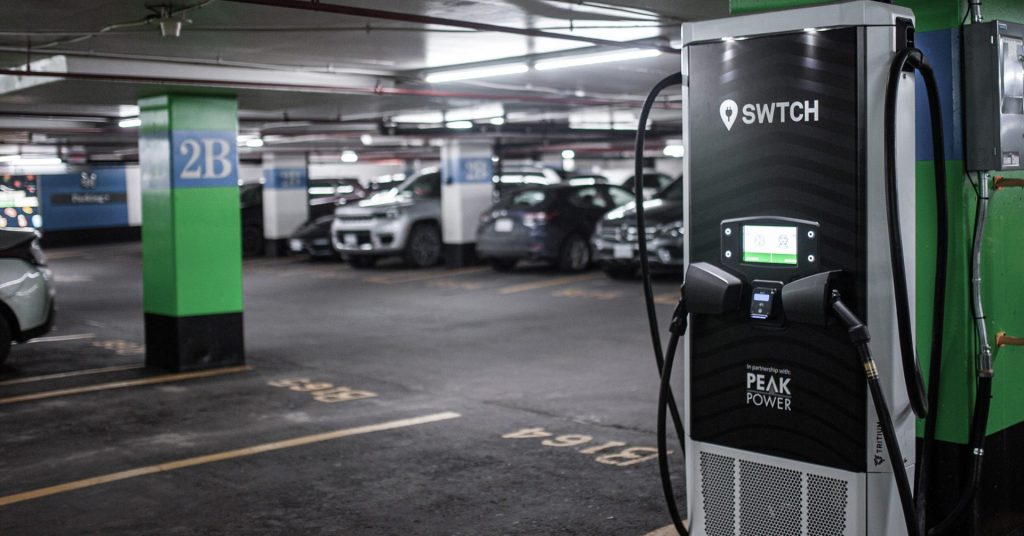
Why it’s so important to act now & claim funding through ZEVIP
This is the last RFP intake of ZEVIP under the current allocation.
However, what is very likely to happen is the following:
- Within just a few years, the majority of cars sold will be electric. A few years after that, virtually all of them will be
- Tenants in apartments and condo buildings, as well as office workers, will consider it a priority to have easy access to EV charging when selecting places to live and work
- Without programs like ZEVIP, EV chargers will be more costly to install—and buildings that already have chargers will see a nice boost to their property values
Even if you are not quite ready to start your project, you should still consider applying for ZEVIP. In our experience, the process of evaluating the applications can take 6-8 months, and once your project is approved, you have another 12-18 months before the charging system gets installed.
You don’t want to find yourself in a situation of finally realizing you need EV chargers, only to discover there’s no funding available to help you get them installed.
Securing ZEVIP funding, step by step
Though projects will differ in the details, the process for applying for ZEVIP funding remains the same.
- Complete the application package request form. You must include all supporting documentation requested in the Applicant’s Guide and in the Application Form.
- Submit your proposal using the program application package. It is highly recommended that you do so well in advance of the submission deadline.
- Wait for your application’s review by the program administrator. Provided your proposal meets ZEVIP’s mandatory criteria, it will then be rated and ranked according to merit criteria (see below for more information on both sets of criteria). If accepted, you will receive a letter of conditional approval (LOCA). If not accepted, you will be informed in writing.
- Due diligence assessment. Following your conditional approval, you will be re-examined to ascertain your financial status and ability to complete the project you applied for.
- Final approval. After passing all prior steps, you will receive final approval and an agreement to sign in order to proceed with your project’s funding.
- Reporting and monitoring, if applicable.
If you’re unsure of any of these steps, the overall process, or how best to proceed, reach out to our team. We’ll be happy to consult with you without any obligation on your part.
Why your odds of ZEVIP approval are far higher with SWTCH
It’s a significant amount of work to apply for ZEVIP funding and you can do it alone if you so choose. That being said, submission quality on the basis of merit-based criteria is a factor used to determine which applications do receive funding. Given that this is the last opportunity for this funding, there expects to be an influx of applications and only those with high-quality submissions will be considered for funding.
Our team has a great deal of experience applying for—and winning—funding through ZEVIP and other incentive programs. We’ve secured millions of dollars for our customers and know how to craft a perfect application, and we’ll be delighted to help you through the process.
Going deeper: mandatory eligibility criteria for your chargers
Beyond the hardware requirements listed at the top of this article, there are a number of additional requirements for a project to be eligible for ZEVIP funding.
Organization types
The following types of organizations are eligible for funding.
- Electric utilities
- Multifamily property owners and operators
- Commercial building owners and operators
- Indigenous businesses & community groups
- Industry associations
- Academic institutions
- Provincial, territorial, regional, and municipal governments
Note that individuals cannot apply for funding through ZEVIP.
Additional requirements
Finally, there are a number of additional requirements for ZEVIP funding meant, in essence, to confirm that your project will be able to deliver on what you are proposing.
TIMELINE
Your project must be on track for completion within 30 months of the signing of the contribution agreement.
FUNDING
You must be able to demonstrate that you have at least 50% of the funding required for your share of the project’s cost. This is done through completion of a proof of funding form that indicates whether the funds are to come from your organization or from another contributor or investor.
UTILITY APPROVAL
If your project will increase the site’s electrical load by 50kW or more, you must demonstrate that you have communicated this to the relevant utility and that they have confirmed an ability to meet this increased demand. This can be communicated through email notice sent to the utility company, exchange of emails/letters, or a proper site assessment.
SITE ACCESS
You must be able to demonstrate either ownership or access and permission to use the intended installation site for the chargers.
This will take the form of either proof of ownership, proof of lease, a legal agreement, or a memorandum of understanding.
CONNECTIVITY
For the Private Stream, they require that chargers are connected to a server.
For the Public Stream, they require to be networked to ensure effectively monitoring, reporting and data collection.
Next stage: An assessment of merit-based eligibility criteria
Provided your project meets the mandatory requirements outlined above, the merits of your proposed project will be assessed.
The criteria being looked at cover a number of different dimensions, but here are some of the most important.
- How well does your project meet the needs of the community, residents, or visitors?
- What will your pricing and usage policies be?
- Does your project include investment or participation from indigenous businesses or communities?
- How were your sites selected, and do you have the required permits (or is permitting in the works)?
- Do you have more than 50% of your portion of the funding already secured?
- Who are your equipment suppliers, installers, etc.?
- What is your plan to promote the chargers to their intended audience?
- What are your plans for ensuring smooth operation and proper maintenance?
Though ZEVIP applications may seem to be fairly long and detailed, they’re well worth the effort—especially if you’re offloading some or all of the work of applying to a partner like SWTCH.
Connect with us today to discuss your project in detail and learn how we can support you in receiving funding. It’s your very last chance to do so, so don’t miss your opportunity.
Ready to secure your ZEVIP funding?
Reach out to our team for a consultation asap as the application deadline is approaching quickly!
